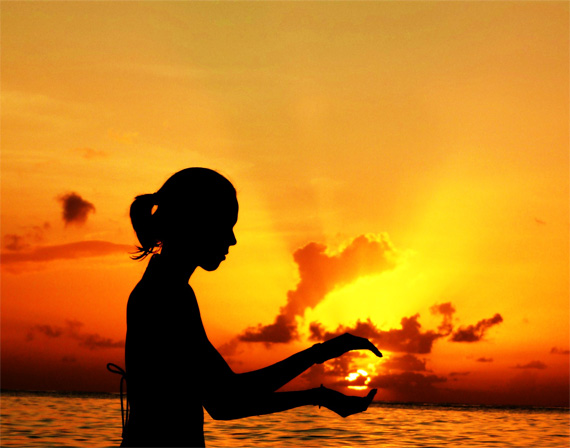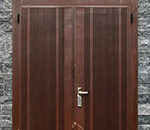Aperture refers to an adjustable opening in your camera lens that is able to limit the amount of light passing through the lens and hitting the camera sensor. Just think of it like your eyes. When you open your eyes, light enters through your cornea, and is bent through the pupil, which is a round opening in the center of the iris. The iris and pupil works exactly like the aperture of a camera, controlling the amount of light being emitted.
To control your camera’s aperture, switch your camera mode to aperture priority. In this mode, you are able to manually control aperture. The camera will change the shutter speed automatically to match the aperture that you had selected to create a picture that is properly exposed when the shutter release button is clicked.
Aperture is measured in F-stops. The lower the F-stop (e.g. f/2.8), the wider the opening of the aperture. While the higher the F-stop (e.g. f/22), the smaller the opening of the aperture. This concept can be confusing for beginners to understand as it is counter intuitive. However, it should not be too hard to understand once we know exactly what aperture is and how it affects the outcome of your pictures.
When the aperture is wide open (e.g. f/2.8), more light will enter through the camera’s lens, therefore, less time is required for proper exposure which means faster shutter speeds. Wide aperture will also cause a shallow depth of field in your picture, where the foreground and background of your picture are blurred except for the subject which you are focusing on. However, the opposite applies when the aperture is small.
When the aperture is small (e.g. f/22), less light will enter through the camera’s lens, therefore, more time is required for proper exposure which means slower shutter speeds. Small aperture will also cause a deep depth of field in your picture, where everything in the picture is in focus.
Wide aperture (e.g. f/2.8) is useful for taking pictures in low light conditions as more light gets to enter and hits the camera’s sensor. It allows you to use faster shutter speeds to freeze action on moving subjects, such as a running dog. It is also suitable to use when you want to take portraits or macros with a shallow depth of field so that the subject will be sharp and stand out in your picture.
Small aperture (e.g. f/22) is useful for taking pictures in good light conditions, as there is more than enough light that will enter and hit the camera’s sensor. It allows you to use slower shutter speeds which can be used to give your subjects a motion effect in your picture. Remember the running dog example? We can use slower shutter speed to create a motion effect of the dog, running in your picture, bringing your picture to life.
A small aperture is also suitable to use when you want to take landscapes or group shots so that everything in the scene is considerably sharp.
About the Author
Roy Lee is a freelance photographer residing in Malaysia, who specializes in wedding, portrait, and landscape photography.
© Copyright – Roy Lee. All Rights Reserved.
Like This Article?
Don't Miss The Next One!
Join over 100,000 photographers of all experience levels who receive our free photography tips and articles to stay current:









This help me very much as I have just started my photography career and it help me to take some good pics
Thanks
This is a most useful summary. Thank You :-)
A classic example of how the shape of the aperture blades determine IQ and specifically bokeh is the early AI version of the Nikkor 105mm f2.5 with slightly curved blades that were changed to straight-edged in later models of this classic prime.
-Steve
this is so useful information, thanks sir for making me understand
I am a beginner and I referred to few websites regarding aperture. But I was still confused. When I read this article, I realised my confusion was finding the relation between wide aperture, more light and shallow depth of focus. I got it here ‘….therefore, less time is required for proper exposure which meant faster shutter speeds.’ Thanks a lot
a good and informative article
Thanks sir..
very useful for me
great pages – what I’m trying to find on the web is a table I recall in my 1950’s Kodak booklet (sadly missed) that gave typical exposures for scenes in bright sun, hazy sun, overcast, dull. I’ll keep looking!
Thanks.